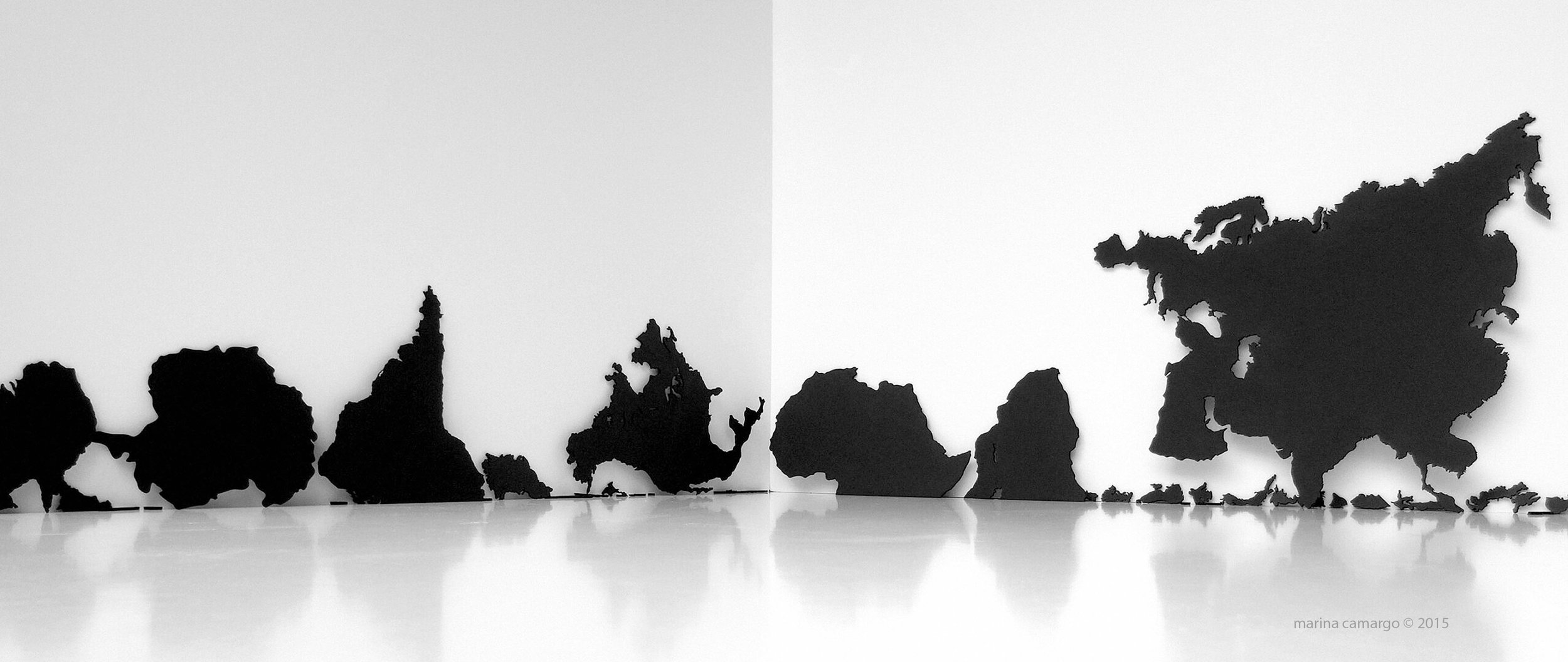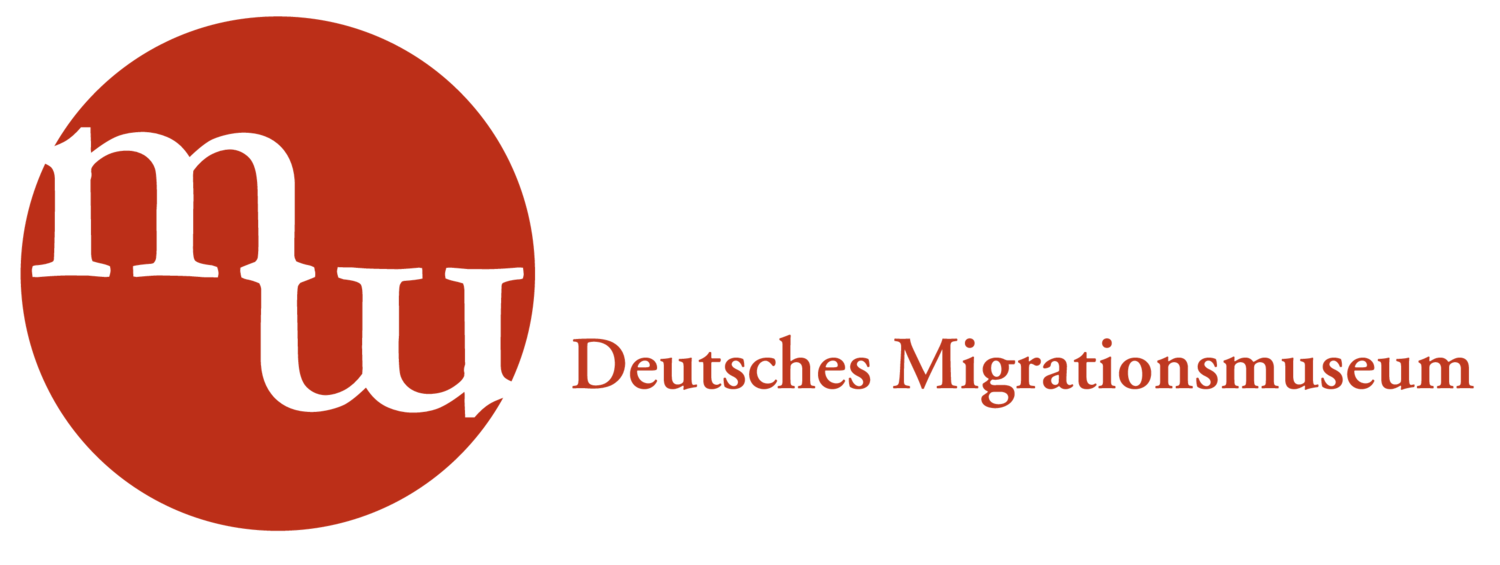
Presse
Letter from Berlin: Starting in Germany, a virtual museum about migration (Published in Carta Maior, 23.03.2021)
Author: Flavio Aguiar
Translation into English: Laura Gröbner Ferreira
Letter from Berlin: Starting in Germany, a virtual museum about migration
Usually when we talk about a “museum”, out of habit we think first of a building. Then of a bunch of rooms and corridors. And in these rooms or along the corridors are many objects, be they pictures, photographs, sculptures, objects of daily use or not, keepsakes of leaders or prominent personalities and so on - they are always concrete objects displayed to be seen in person.
But more recently, one could also remember that that collection could be supplemented with projections, animated or not, virtual games and features in rooms for this special purpose. One could also think of a completely virtual visit to the rooms of a museum, as is the case at the Imperial Museum of Petrópolis, Brazil. Or of a museum where the virtual elements are predominant like the Museum of the Portuguese Language, in São Paulo. But the starting point, the ground zero of a museum in almost all cases is a building.
In terms of migration, one of the best-known examples worldwide is the National Immigration Museum on Ellis Island, New York. Nowadays it’s possible to walk about the museum virtually and even look into ancestors that possibly passed through the island online. It was the entry point into the United States for at least 12 million of immigrants coming from Europe between 1892 and 1924. There they were identified, screened, and eventually also forced to quarantine. The core of the museum is the central building where all this took place. One of the highlights is a giant box of glass at the end of the itinerary, where thousands of objects that were left behind on the island by the immigrants are shown: from dusty suitcases to shoes, clothing, and even broken dolls, all without any identifications, silent witnesses of how much can be lost or left behind during the migration process.
For us Brazilians, another example of note among many are the various museums of the “Slaver Routes”, scattered and connected throughout the African, American, and European continent. They too can be visited virtually, but their key aspects are the buildings or places that were part of the routes of one of the biggest processes of forced, even criminal migration in human history.
Now in Berlin, a completely virtual museum is being created, focused on immigration, immigrants, and related topics. Its creator is Suely Torres, a Brazilian researcher and cultural activist living in Germany since 1988.
Suely was born in Recife, Pernambuco, where she first went to university and was among the students of Ariano Suassuna and frequented a famous cultural space, the bookstore Livro 7, inaugurated by Tarcísio Pereira on June 27 of 1970. The bookstore closed in 1998, but its owner Tarcísio carried on as an important figure in the cultural live of the city until January of this year, when the 73 years old died due to complications caused by Covid-19.
Suely moved to Rio de Janeiro, studied at the Federal University of Rio de Janeiro (UFRJ) and became a copy editor at the university’s publishing house. She came to Europe – Germany, to be precise – to do her postgraduate studies. In 2014 she obtained a German passport and double citizenship. Because of this, she tells that “in Brazil I call myself a Brazilian, in Germany a German, this leads to some reflection on other people’s part.”
In 2020 she launched the Museum of Migration project, entirely virtual. Why virtual? Because, as she says, “the museum of the future is virtual, without borders, without barriers, more universal and on a territory that belongs to all, in a democratic space that is also more affordable since it doesn’t need a house or a building.” It’s a platform that “can be accessed in a school, in a university, at an event, in any institution, the archive will be where the audience is”, she adds.
The idea of the museum developed in order to boldly “question the binary relationships, this division between migrant and immigrant; the idea is to speak of a US, not of an I and an OTHER. It’s long overdue that we sit down at a round table, all on the same level.” She continues: “Every human is a potential migrant. Europe wouldn’t exist if there was no migration. Who are the inhabitants of Berlin? If we are part of this number, we count here. When does a migrant stop being a migrant, how many years does it take for him to stop being considered a migrant? There are no clear and simple answers for these questions.”
Suely points out that there is already a Museum of German Emigration, a documentation center going by the initials DOMiD, and their organizers are planning on building a physical museum of migration, they collect objects and histories of migration, but still within a binary perspective of ‘us’ and ‘them’, the Germans and the immigrants. “Our idea – it’s no longer mine, it’s the idea of everyone that identifies and feels seen by it – the proposal of the DMM – Deutsches Migrations Museum – is to create a parallel of the history of migration, where we put side by side a German telling their story with an African, a Latin-American, an Arab person, etc. We want to diversify the perspectives, have the visitor question themselves about who a migrant is and why Europeans, North Americans, Australians, Italians are talking about the same experience on our platform.” Suely explains that she was always bothered by the paternalism, “this way of always seeing the migrant as a poor person dependent on help; We propose a dialog amongst equals, horizontal, because we are all humans and everybody is, was or can become a migrant, emigrate, immigrate, re-emigrate and continue migrating. After all we are part of a migration, we are all just passing through this planet.”
She mentions being inspired by the virtual platform of the Museu da Pessoa (Museum of the Person), created by three women in the Vila Madalena neighborhood in São Paulo in 1991. “I wrote to them in 2015 and asked if I could do a residency with them to learn about the methodology. It was a very enriching experience, I had the opportunity to participate in interviews and their editing process that are now on the platform, I could even participate in an international congress about museology at the SESC on behalf of the Museu da Pessoa.” Even though it has a physical headquarter, the main aspect of the Museu da Pessoa is its virtual platform with the statements of innumerable participants about their life stories.
“After I returned to Germany, I went and did a specialization course in curatorship at the University of Arts (Universität der Künste, Berlin) and I just now finished a course in Social and Cultural Anthropology at the Free University Berlin (Freie Universität Berlin). In terms of the museum, we already have some interviews posted, with transcriptions and translations to English and German. It’s all on the website www.deutschesmigrationsmuseum.de. I also have two other sites, www.Suelytorres.com where I show of photography and www.brasilianish-lernen.de, about learning Brazilian Portuguese.
To finish off our conversation, Suely points out a curious fact. Berlin nowadays has 3,5 million inhabitants, of which 1,7 million have a foreign “background”, be that directly or by close association or ancestry (such as parents or grandparents). These migrants and their descendants are from all over the world; however, those that come from a European background don’t see themselves as “migrants”. Those are only the “others”, those that come from other continents. Furthermore, she explains, many Germans still have a difficulty to “intermingle” with “foreigners”. But “this is changing”, she says with hope, “it’s a slow process, but it’s happening”.
“Beginnen ist nicht nur eine Art von Handlung. Es ist auch eine Geisteshaltung, eine Art von Arbeit, eine Einstellung, ein Bewusstsein.”
-Said
